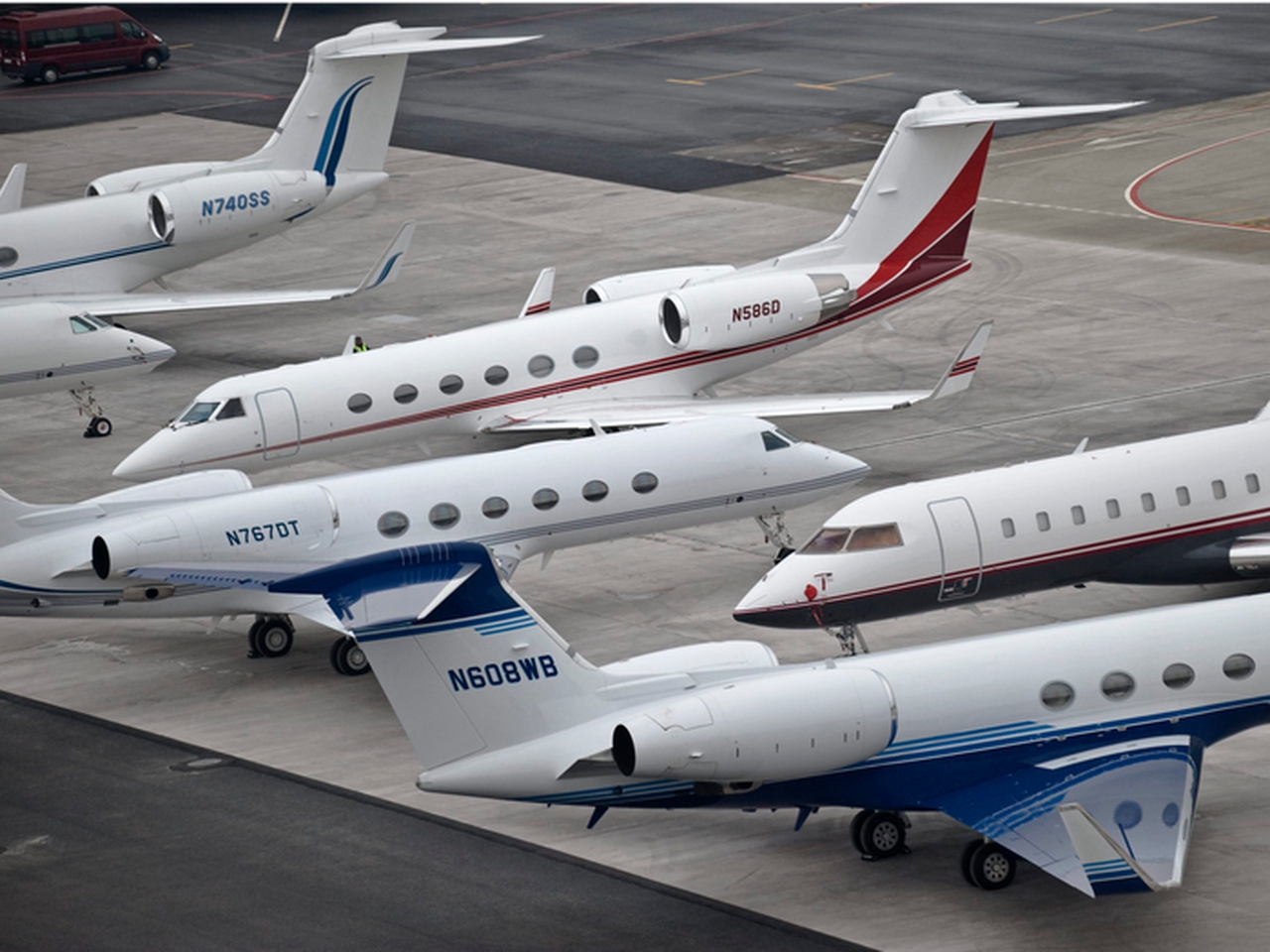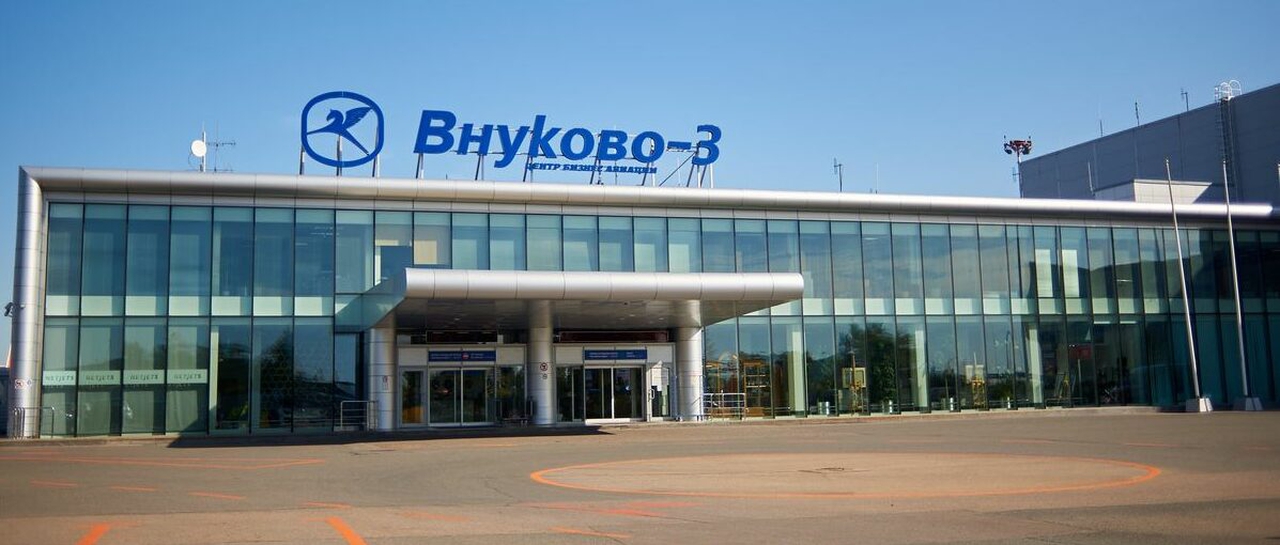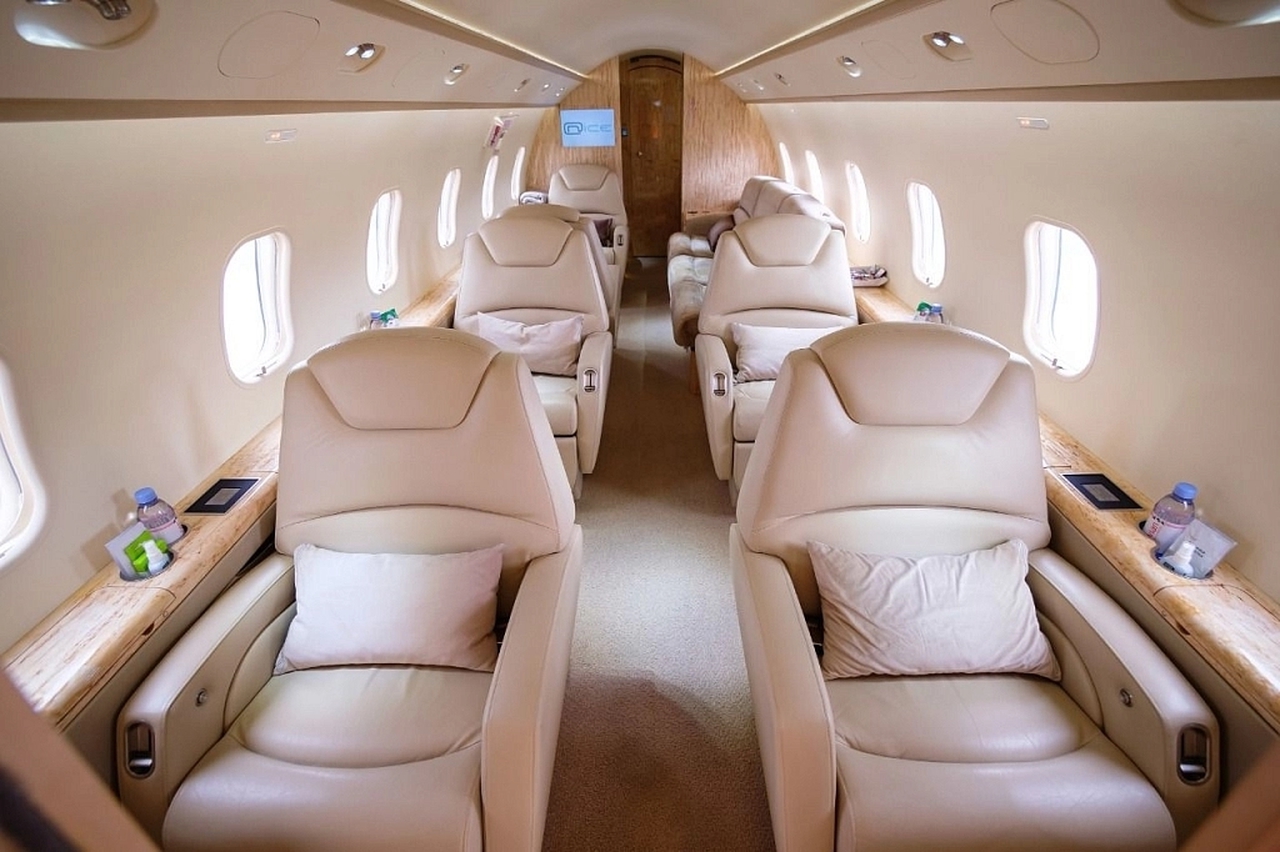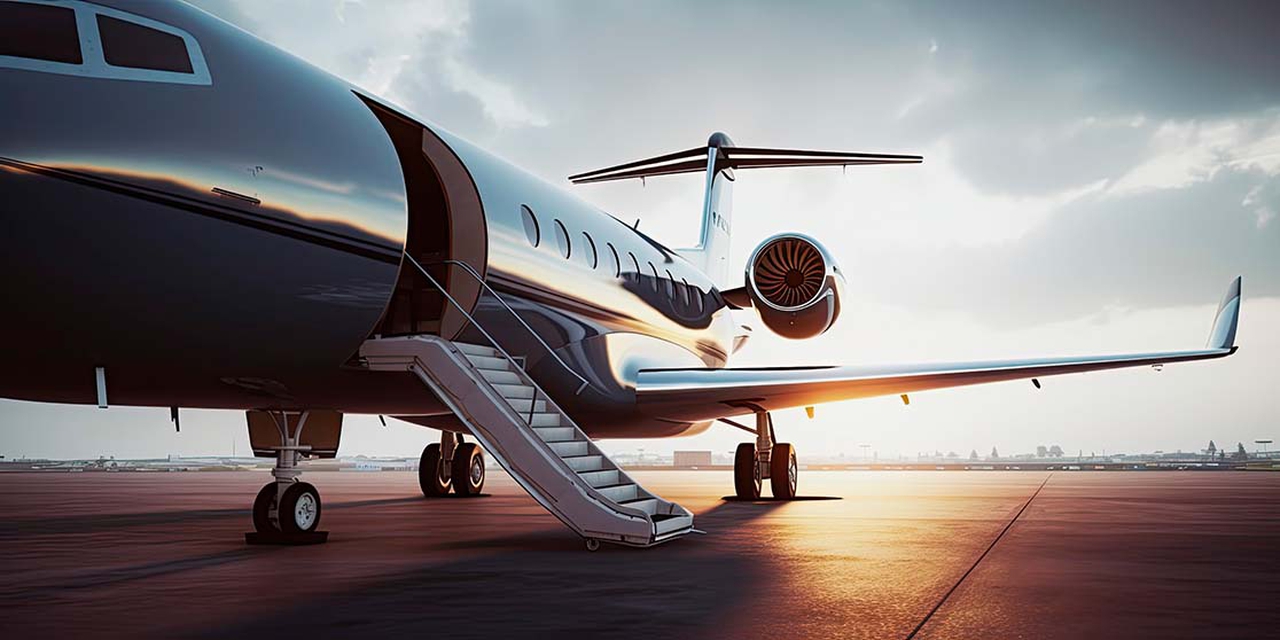How Many Private Jets Are There in the World? Country Rankings
Mar 15, 2025

Private jets are a symbol of luxury and freedom of movement, available only to a select few. But how many of these aircraft are there in the world? Let's dive into the statistics and find out which countries lead in the number of private jets.
General statistics:
According to the latest estimates, there are about 24,000 private jets in the world. This figure may vary depending on the sources and methods of calculation, but it gives a general idea of the size of the market.
By the way, we invite you to look at our catalog of private jets from all over the world.
Countries leading in the number of private jets:
It is no surprise that the United States of America ranks first in the number of private jets. They account for about 70% of the world's fleet. This is due to a developed economy, a large number of wealthy people and a well-developed business aviation infrastructure.
Here is a list of countries with the largest number of private jets:
Distribution of private jets by country:
1. United States of America (USA): The United States leads the world in the number of private jets, with about 15,000 units, which is about 67% of the world's fleet.
2. Brazil: Brazil has about 764 private jets, making it the leader in Latin America.
3. Mexico: As of 2019, Mexico has nearly 1,000 private jets registered.
4. Canada: Canada has about 483 private jets, providing vital connectivity throughout the country’s vast territory.
5. Germany: Germany has about 387 private jets registered, accounting for 2.2% of the global market.
6. Isle of Man: The Isle of Man has 264 private jets registered.
7. Austria: Austria has 244 private jets registered.
8. United Kingdom: The United Kingdom has 241 private jets registered.
9. China: China has 203 private jets registered.
10. Venezuela: Venezuela has 168 private jets registered.
As for Russia, there are not many business jets officially registered in Russia, about a few dozen. But indirectly around the world there are about several hundred private jets connected in one way or another to Russian citizens. Europe is also a large private aviation market, accounting for about 13% of the world fleet. Germany and the UK are the leaders in this region.
The Asian private aviation market:
In recent years, the number of private jets in mainland China, Hong Kong and Macau has significantly decreased due to a weakening economy, anti-corruption measures and the effects of the pandemic. Since 2017, when 481 aircraft were registered, there has been a decrease of one third. At the same time, the rest of the Asia-Pacific region has seen a 20% increase, especially in India, Australia and Japan.
Factors affecting the number of private jets:
* Economic development: Countries with developed economies and a large number of wealthy people have more private jets.
* Infrastructure: The presence of a well-developed business aviation infrastructure, including airports and service companies, contributes to the growth of the market.
* Geographic factors: Large countries with difficult to reach regions may have more private jets for mobility.
* Cultural factors: In some countries, private aviation is more widespread and socially acceptable.
Market trends:
The private aviation market is constantly evolving. New aircraft models with improved performance and comfort are introduced. The demand for charter services and aircraft sharing is growing.
Environmental impact:
Private aviation has a significant impact on the environment. The carbon dioxide emissions from private jets per passenger are significantly higher than those of commercial flights.
Conclusion:
Private aviation continues to evolve, offering unrivaled convenience, flexibility, and privacy. However, given the environmental challenges, the industry is looking to implement more environmentally friendly solutions, such as the use of biofuels, to reduce its environmental impact. The balance between luxury, convenience and sustainability will be key to the future development of the industry.



